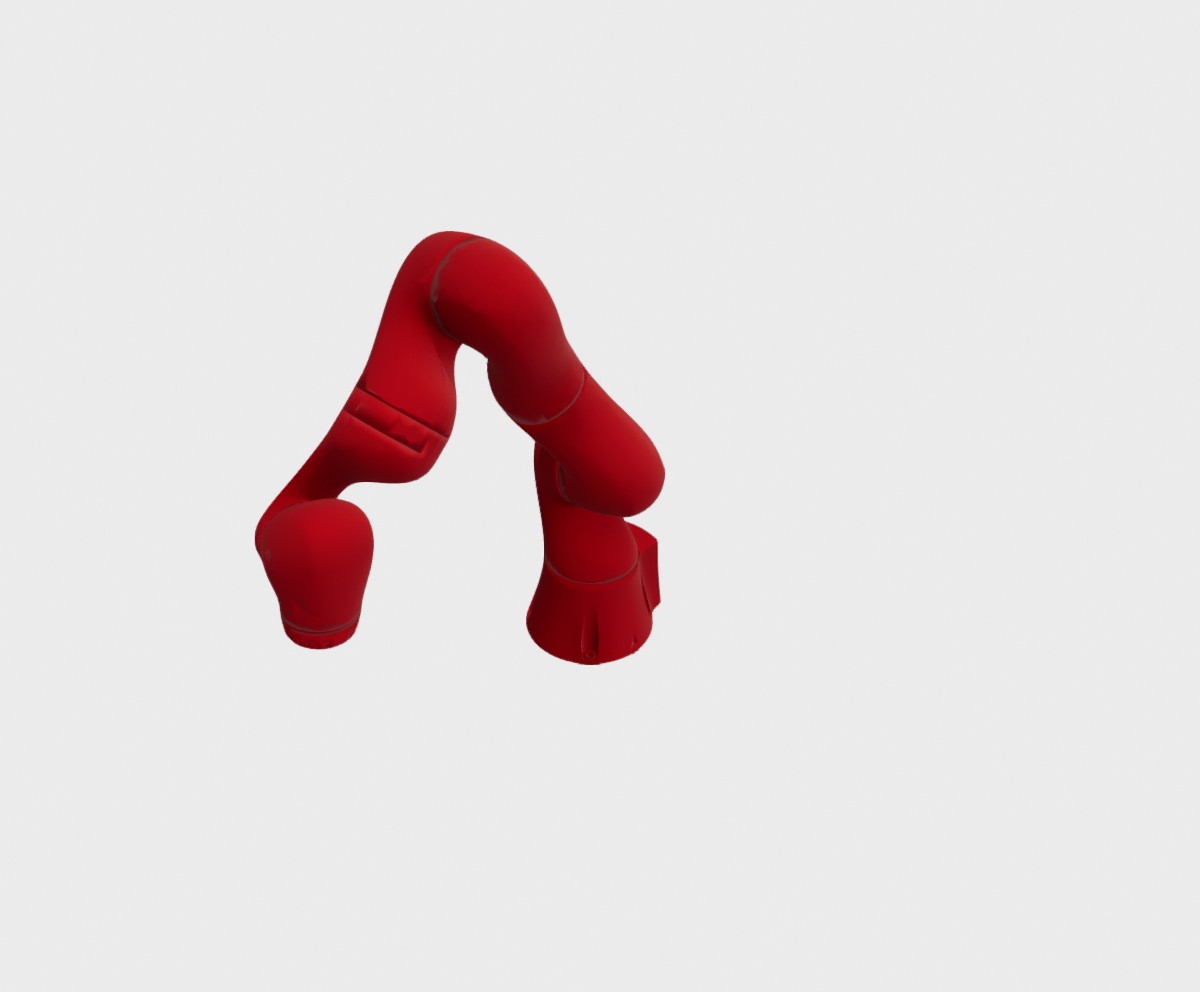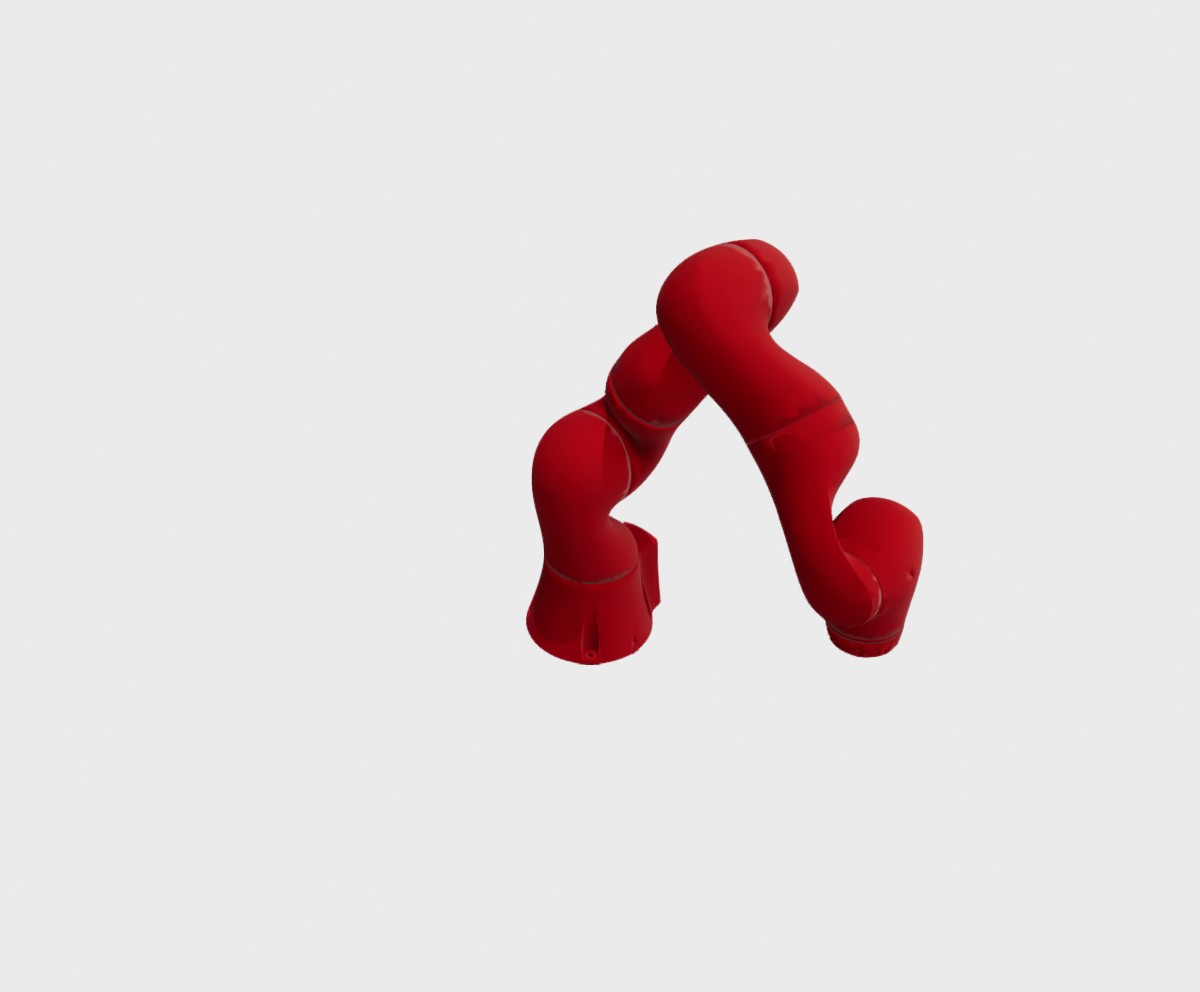Grasping is a fundamental skill for robots to interact with their
environment. While grasp execution requires coordinated movement of the
hand and arm to achieve a collision-free and secure grip, many grasp
synthesis studies address arm and hand motion planning independently,
leading to potentially unreachable grasps in practical settings. The
challenge of determining integrated arm-hand configurations arises from
its computational complexity and high-dimensional nature.
We address
this challenge by presenting a novel differentiable robot neural
distance function. Our approach excels in capturing intricate geometry
across various joint configurations while preserving differentiability.
This innovative representation proves instrumental in efficiently
addressing downstream tasks with stringent contact constraints.
Leveraging this, we introduce an adaptive grasp synthesis framework
that exploits the full potential of the unified arm-hand system for
diverse grasping tasks.

